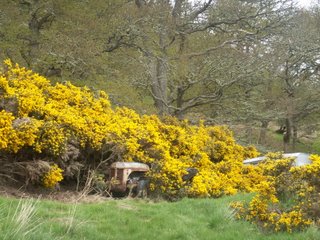
From the recent research here is some stuff from the local paper.
Northern Times
26/1/1922
30 converts from Helmsdale visited Brora and conducted service at the Fountain and the United Free Church
2/2/1922
Revival spread to Golspie. Positive article of Gods Goodness and YMCA helping young converts.
23/2/1922
Revival in Wick
“The revival in Wick is still progressing John Troupe's presence was an additional attraction, He is now almost well after his illness, but still to refrain from much exertion....one of the converts a young man died recently after a short illness,The hymns and prayers also bearing pathetic terms. A solo sung by Miss Lara Rosie was much appreciated.”
9/3/1922
Reference to Hymn singing conflict.
23/3/1922
Letter to editor of enquiry as to use of Pitgower Hall for meetings. Revivalist meetings (with hymn singing) got use of hall but not the Free Presbyterians
30/3/1922
Page 5 writer to paper recalls a “time of refreshing” in Rogart 50 years earlier 1870's when there were 70 converts. Wrote from Canada.
6/4/1922
3 weeks mission closes by Mr Dowie in Brora- moving to Golspie
20/4/1922
Page 4 col 3
Evangelistic meetings Golspie YMCA
Mr Dowie Aberdeen.
“Presentation to Mr Dowie at fisherman's Hall Brora presented with a roll of Treasury notes from the public of Brora. In reply and thanks “requested the revival meetings continue under Rev Thomson.”
See also additional sheet.
13/7/1922
Mr Mackenzie in Embo
People from Helmsdale going to take revival meetings in Balintore.
3/8/1922
Brora news: Rev Thomson Ill
Messrs Fraser Stewart and Robertson close two weeks mission in the Fishermen's Mission.
Observations
Several leading revivalists .
Troupe
Mackenzie
Dowie
Thomson: Rev Donald United Free Church settled previous year Feb 1921
In a few months revival has come right down the coast in to three counties...and we have never heard of this ...Why not???.
Oh and the tractor just a nice picture. You make up the link "Ssssleeping tractor... sleeping tractor like Scottish church hiding in the heather.. bracken. Rusty ineffective unit...

 September is well upon us and the garden will now start its downward trend as plants start the hibernating for the winter.
September is well upon us and the garden will now start its downward trend as plants start the hibernating for the winter.










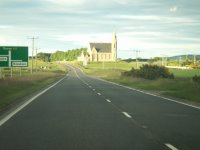

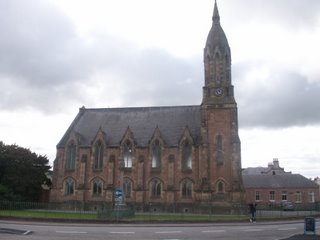

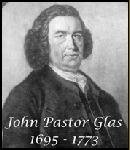
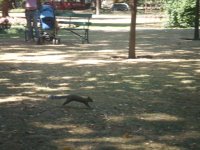

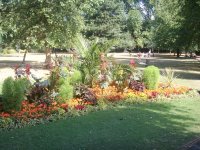





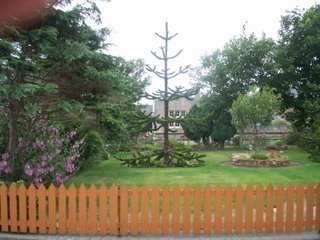


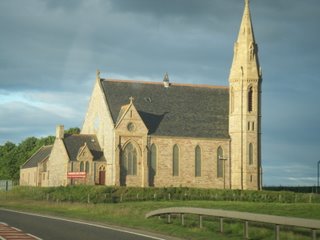
 Nairn beach taken a few weeks ago.
Nairn beach taken a few weeks ago.




